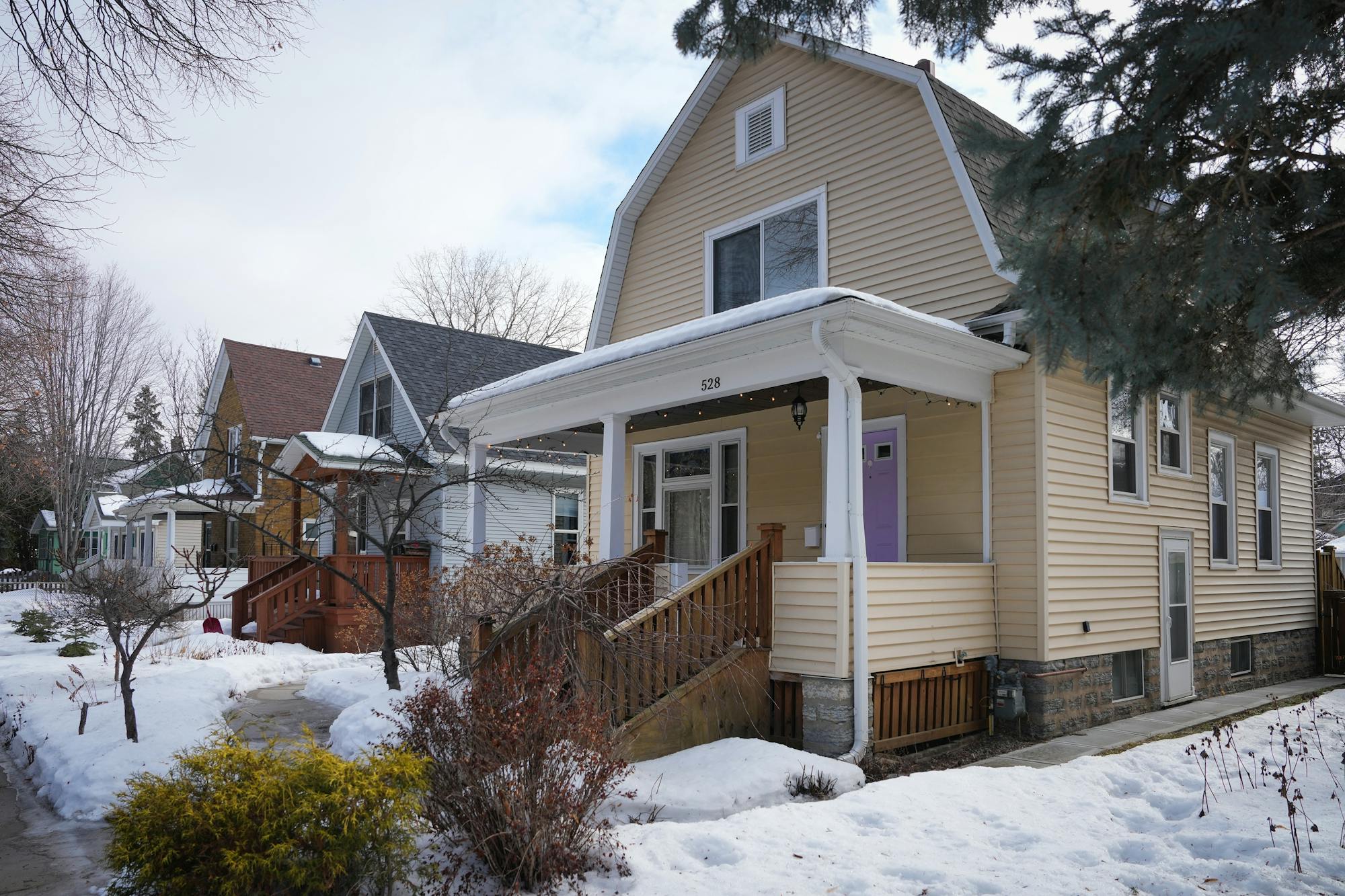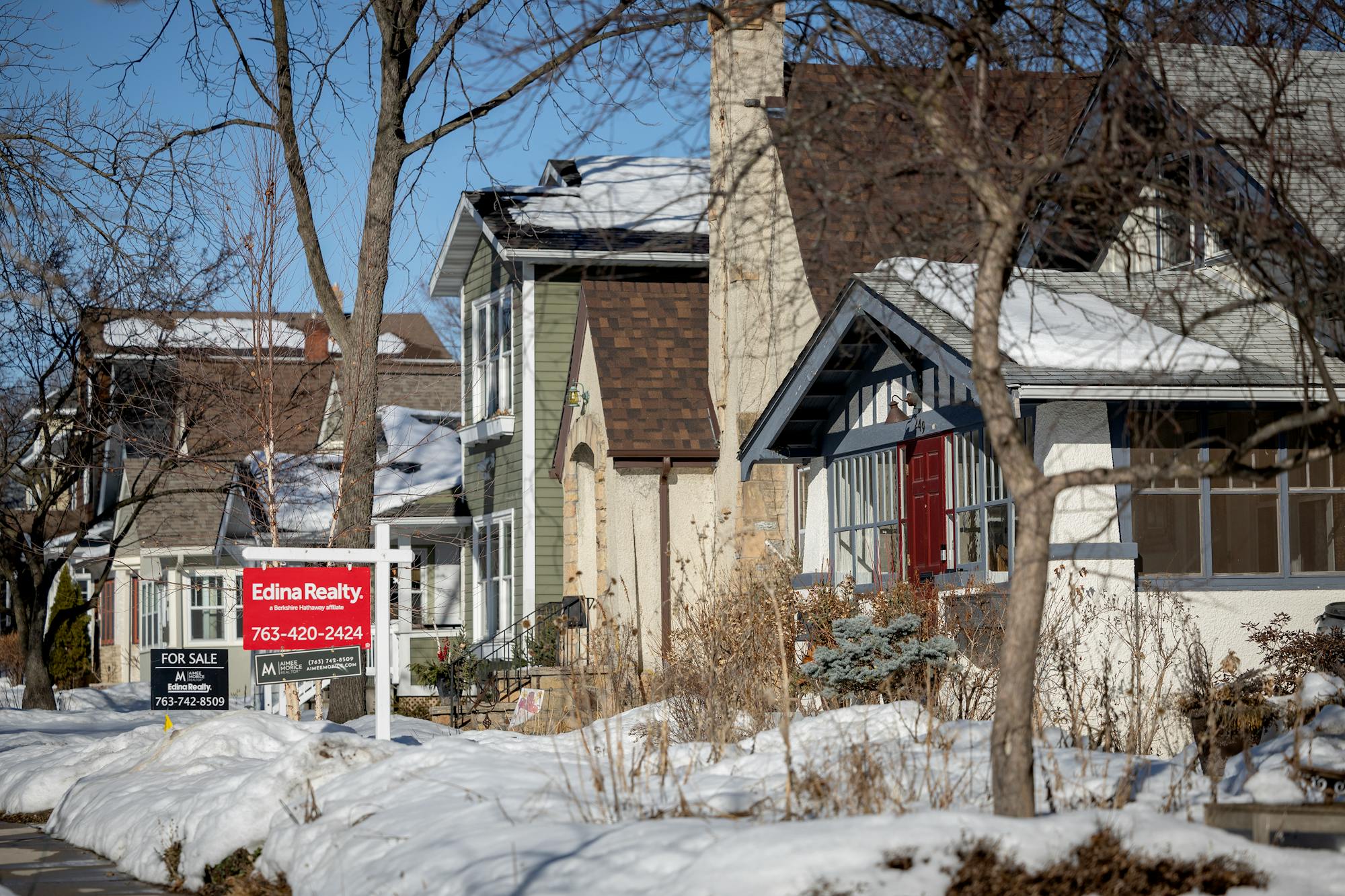Space-seeking house hunters may have helped make far-flung suburbs the hottest places for homebuyers in the Twin Cities metro area last year, but urban buyers weren't shy about moving to the center of their cities.
The hottest neighborhoods in Minneapolis and St. Paul last year were both adjacent to their respective downtowns, though distinct in many other ways, according to the Star Tribune's seventh annual Hot Housing Index.
The index tracks several key metrics including prices, sales and days on market compared with the previous five-year average.
In St. Paul, the hottest neighborhood was West 7th, a once working-class but now hip strip of city sandwiched between the Mississippi River and Interstate 35E along the southwest edge of downtown. In Minneapolis, the top neighborhood was Bryn Mawr, a tiny postage-stamp of a community directly west of the city's core.
Real estate agent Aimee Morice has listings in both neighborhoods. While the neighborhoods vary in size, cost and demographics, they share some similarities. Houses in both areas sell quickly, fetch top dollar and have been especially popular with buyers lately because they have the sense of community coveted by many urban buyers.
"It's definitely not a surprise," said Morice, who grew up just a couple miles from West 7th in the Macalester Groveland neighborhood.
Both neighborhoods, she said, are essentially in the shadow of each city's central business district, but are surrounded by networks of parks, trails and green space.
What's different is economics. West 7th tends to be one of the most affordable neighborhoods in the Twin Cities and often attracts first-time buyers, Morice said, while houses in Bryn Mawr are mostly aspirational, attracting a large contingent of move-up buyers.
Morice recently listed a 1920s Arts and Crafts style house in Bryn Mawr for $760,000 and got an offer almost immediately.
"It's so strategically located," she said. "You can walk to the corner store or a coffee shop ... but you're 10 minutes to St. Louis Park or West End or Ridgedale [Mall]."
In West 7th, she's still weeks from officially listing a modest cottage for $299,000 and already has several agents in her office ready to show it.
"There's something for everyone," Morice said. "Singles, families and people who want to stop renting, you really have this kaleidoscope of people."
Here's a look at what attracted buyers last year to these two neighborhoods.

St. Paul's West 7th district was the city's hottest neighborhood for homebuyers in 2022.
West 7th
2022 housing fast facts
Urban buyers are often attracted to West 7th as a much more affordable option than most neighborhoods in Minneapolis. For St. Paul, the neighborhood's affordability closely matches that of the city as a whole. The average price per square foot was less than $204 — just about the city's average of $194. Houses here, on average, sold in just 12 days compared with 21 days for the city overall.
Bryan Brussee & Yuqing Liu, Star Tribune • Source: Minneapolis Area Realtors (MAAR) and RMLS of MN Inc.
The vibe
"Eclectic and diverse," said Steve Swanson, who bought a house in West 7th a few years ago with his partner. They're now readying to sell it only because of a job change. "When we moved here we could instantly feel the growth and development that was on the horizon," he said. "There's an energy for what's to come while still feeling laidback and relaxed." Morice said that West 7th reminds her a lot of northeast Minneapolis before it became the popular — and pricey — Northeast Arts District.
Hangouts
West 7th got a major boost when Keg & Case Market, the popular food hall, opened, helping raise the profile of the neighborhood, which had long been home to workers at the former Schmidt Brewery, which is now rental housing for artists. Swanson said he and his partner have grown fond of a new restaurant in an old fire station, the A-Side Public House. They'll especially miss the pizza at Skinner's Pub, a longtime neighborhood hangout in one of several former corner stores in the neighborhood.
The draw
Proximity to downtown St. Paul, the Mississippi River and Interstate 35E. "You're five minutes to downtown St. Paul and 10 minutes to the airport," said Morice. "It's this hidden gem that's really starting to be up and coming."

Houses for sale in the Bryn Mawr neighborhood sold twice as fast as the rest of Minneapolis on average.
Bryn Mawr
2022 housing fact facts
Bryn Mawr was more expensive than the city as a whole and far more expensive than even the hottest suburb, Lake Elmo. On average, houses sold for $286 per square foot compared with $228 for the city overall. With a market time of just 10 days, houses sold twice as fast as the rest of the city on average.
Bryan Brussee & Yuqing Liu, Star Tribune • Source: Minneapolis Area Realtors (MAAR) and RMLS of MN Inc.
The vibe
"Homey and nature-filled," Hannah Tuttle said. She and her partner, Ben Lester, successfully bid on a 1950s rambler that recently hit the market for $595,000. Though the deal is still contingent upon inspection and they can't reveal how much they offered, they said there were several other bidders. Lester, who called the area "neighborly and quaint," said that Bryn Mawr is hemmed in by railroad tracks, parks, and interstate highways. "Because of the difficult access, my friend at work described it as a 'hamlet,' and that does seem accurate based on the feel I've gotten — a hamlet next to a city."
Hangouts
While Bryn Mawr doesn't have the nightlife opportunities of their old neighborhood, the North Loop, Lester said they're looking forward to getting to know the local hot spots such as Bryn Mawr Pizza, La Mesa and Cuppa Java. Lester said the Southwest light-rail Green Line extension will give Bryn Mawr its own transit stop, and the new Luce Line bridge will allow for bike and pedestrian access to the Cedar Lake trail, making it easier to pedal to the North Loop.
The draw
"Nature!" Tuttle said. And compared with the North Loop, she said, Bryn Mawr has a wider range of ages, making it feel more like a community. When it came to shopping for a house, they were looking for something with personality yet move-in ready. "Neither Ben nor I have experience with construction/home projects — so a fixer-upper was not in the cards for us," she said. Their new house has a sunroom, lush backyard and fireplaces. "All were on my dream house list — I'm still gobsmacked that this house had it all," she said. For Lester, the draw was nearby nature. Theodore Wirth Park feels like a big upgrade in the walking-distance-to-nature department, he said. "We'll be within walking distance of the regional park's expansive network of hiking, biking and skiing trails."


